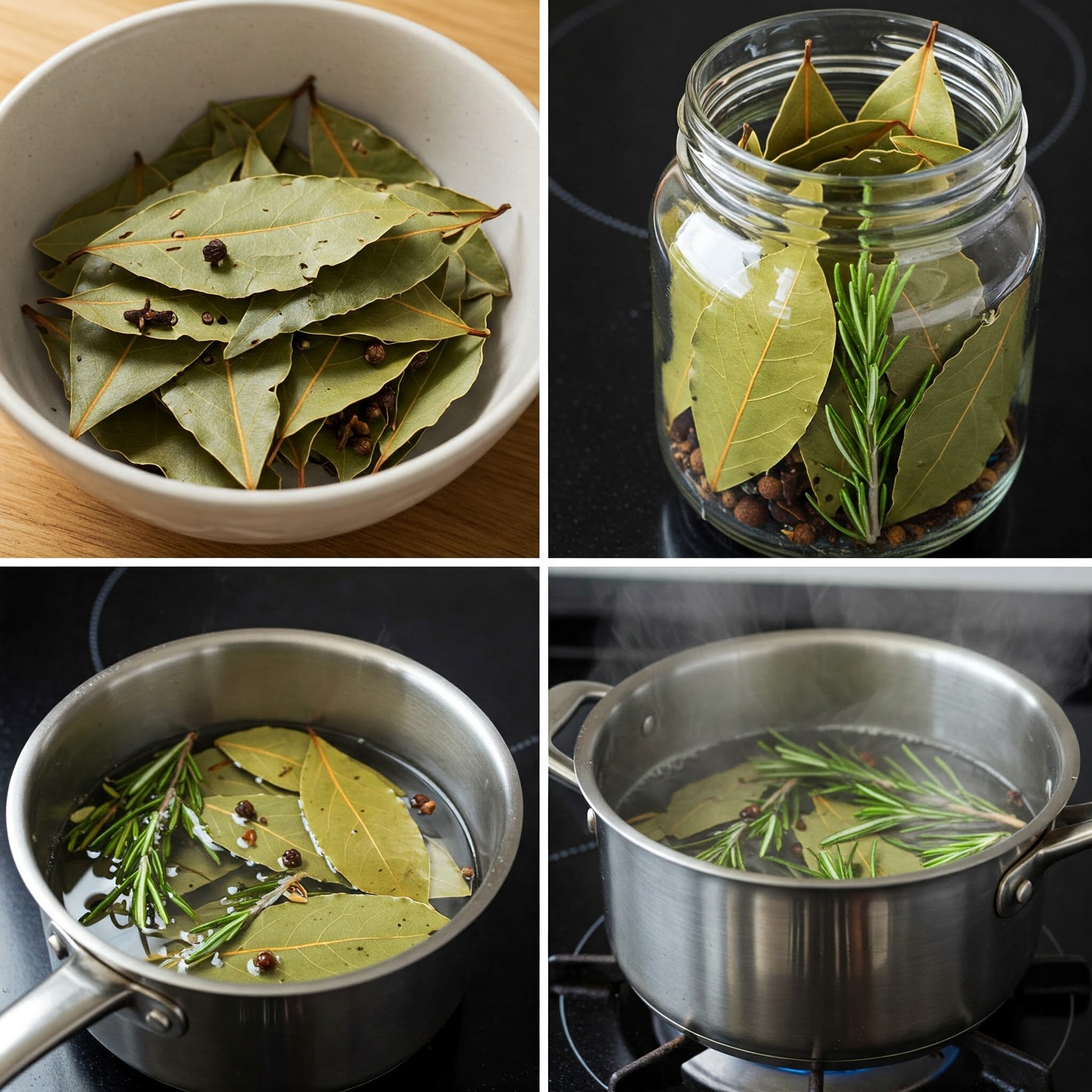ADVERTISEMENT
Mixing **Bay Leaf** and **Cloves** may sound like an odd combination to some, but for those who have discovered the benefits of this powerful pairing, it’s become a must-try for a variety of reasons. The two ingredients, each with their own rich history, distinct flavors, and various health benefits, come together in surprising ways, offering everything from culinary enhancements to therapeutic effects. So, if you’ve been wondering whether or not this pairing is worth exploring, the answer might just be a resounding yes.
In this article, we’re going to delve into everything you need to know about mixing **bay leaf** and **cloves**. From their individual characteristics and health benefits to how you can use them together, we’ll cover it all. You’ll soon see why this combination has been passed down in generations of home cooks, herbalists, and wellness enthusiasts. So, let’s get started on exploring why bay leaves and cloves, when combined, could become your new favorite secret ingredient.
### The Individual Benefits of Bay Leaf and Cloves
To understand why these two ingredients work so well together, let’s first break down their individual benefits. Both bay leaves and cloves are aromatic, natural, and packed with health-promoting compounds. Let’s examine the properties and health benefits of each.
#### **Bay Leaf: A Fragrant Herb with Medicinal Power**
Bay leaves (from the *Laurus nobilis* tree) are used worldwide, both in cooking and medicine. Their strong fragrance and distinctive taste make them a staple in kitchens, particularly in Mediterranean, Indian, and Middle Eastern cuisines. The bay leaf is typically used whole in cooking, added to soups, stews, sauces, and braises, and removed before serving.
##### Culinary Benefits of Bay Leaves:
– **Flavors and Aromas**: Bay leaves impart a slightly bitter, herbal flavor to dishes. They’re often paired with slow-cooked dishes because their flavor deepens over time. Bay leaves add an earthy, floral, and almost peppery aroma to broths and gravies.
– **Culinary Tradition**: In traditional European, Indian, and Caribbean cuisines, bay leaves are used to season meat, rice, curries, soups, and even beverages like mulled wine or tea.
##### Medicinal Benefits of Bay Leaves:
Bay leaves aren’t just for adding flavor to food. They have a number of **medicinal properties** as well:
– **Anti-inflammatory Properties**: Bay leaves have been traditionally used to reduce inflammation in the body. The active compounds in bay leaves, like eugenol, have anti-inflammatory effects, making them beneficial for conditions like arthritis or muscle pain.
– **Digestive Health**: Bay leaves are known to stimulate the digestive system. They contain enzymes that help break down proteins, which can aid in digestion and reduce bloating.
– **Antioxidants**: Bay leaves are rich in antioxidants that fight free radicals in the body, promoting overall health.
– **Blood Sugar Regulation**: Some studies suggest that bay leaves might help regulate blood sugar levels and could be beneficial for individuals with diabetes.
– **Respiratory Health**: The essential oils in bay leaves can be inhaled to help clear the sinuses, relieve congestion, and ease respiratory issues.
#### **Cloves: A Spice with Healing Powers**
Cloves (*Syzygium aromaticum*) are the dried flower buds of a tree native to Indonesia. Like bay leaves, cloves are used both in cooking and medicine. With their sweet, warm, and slightly bitter flavor, cloves have found their place in various global cuisines. They are also known for their strong aroma, often used in baking, stews, soups, and chai tea.
Culinary Benefits of Cloves:
– **Rich Flavor Profile**: Cloves offer a pungent, slightly sweet and spicy taste, which adds complexity to savory dishes, sauces, curries, and desserts. They’re a key spice in many Indian, Asian, and Middle Eastern recipes.
– **Versatility**: Cloves can be used whole or ground, depending on the application. Whole cloves are often added to dishes like rice, pot roasts, and mulled wine for a deep, aromatic flavor. Ground cloves are commonly used in spice blends and baked goods like gingerbread, pumpkin pie, and spiced cookies.
For Complete Cooking STEPS Please Head On Over To Next Page Or Open button (>) and don’t forget to SHARE with your Facebook friends
